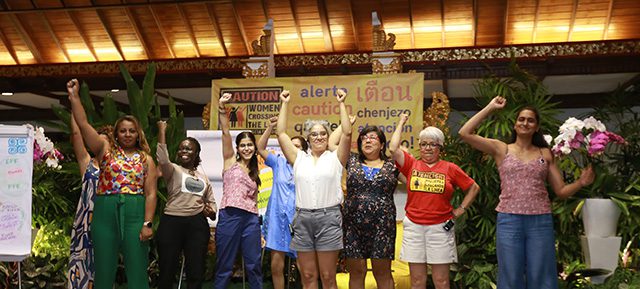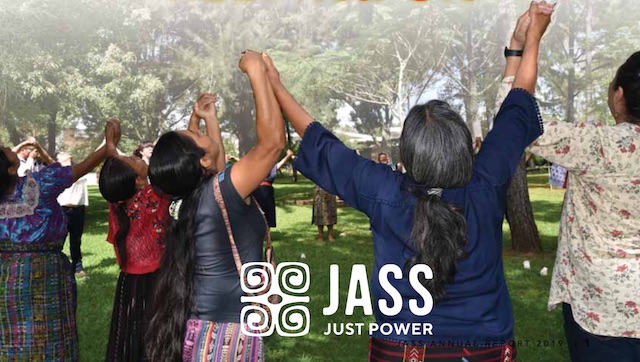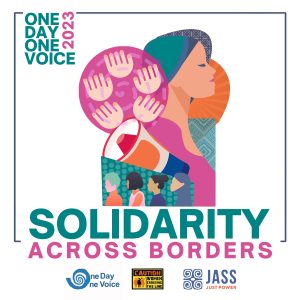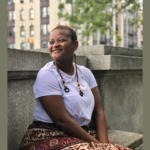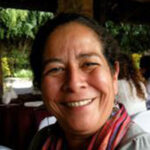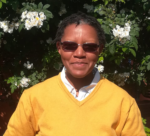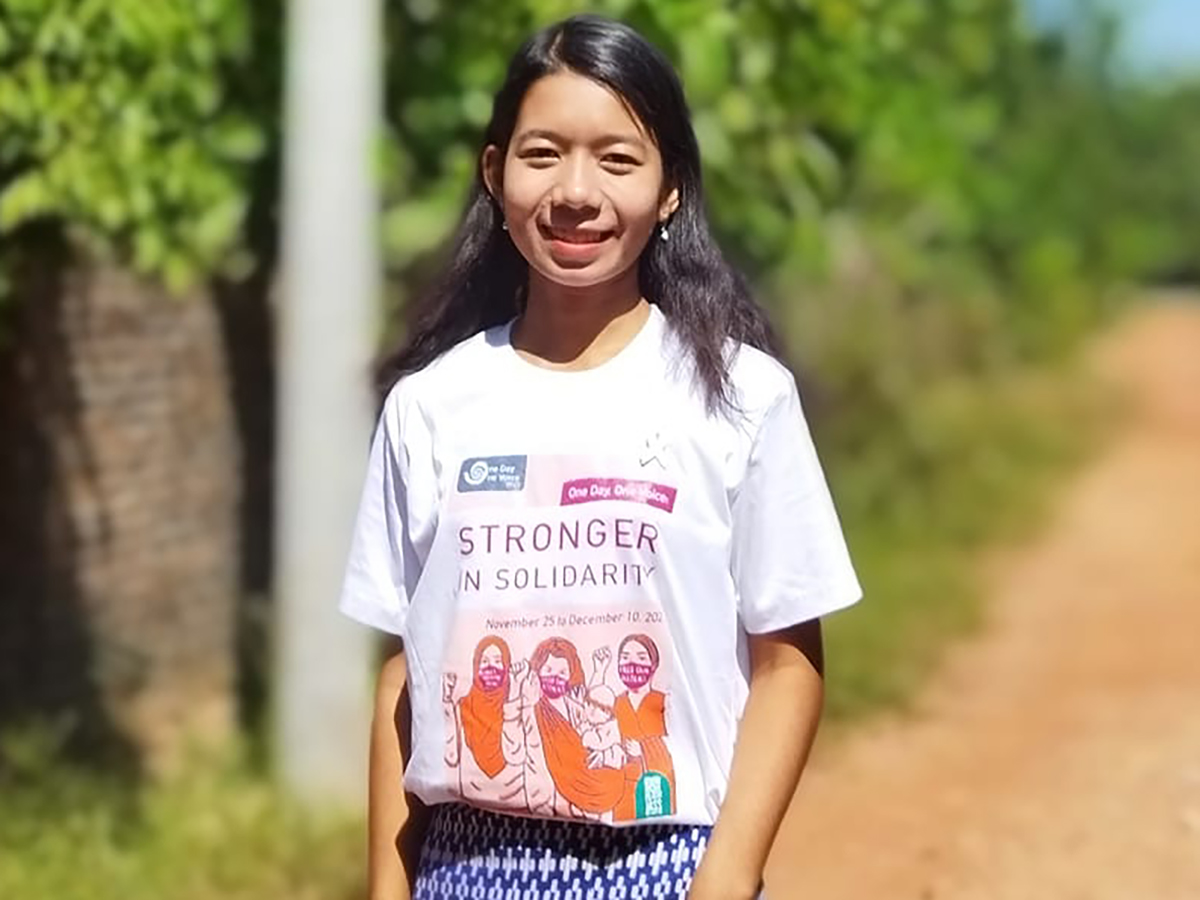
It is ongoing movement building work that lays the foundation for strong and sustained movement organizing that transforms not just policies, but hearts and minds. This is long, careful, and hard work. Work that is necessary for our full liberation, and an equitable and more just world. There are no shortcuts.

What is feminist movement building?
Have you wondered what enables the sustained street uproar and action like that of women activists protesting the rising femicide in Mexico or the people-led demonstrations in Sri Lanka against the ongoing economic crisis or the Movement for Black Lives’ organizing for racial justice? The scale and depth of these kinds of mobilizations does not happen out of nowhere.
Have you also wondered what happens when these mobilizations seemingly fade away or are out of the spotlight? While these uprisings are critical for catalyzing shifts in public awareness and galvanizing support, mobilizations alone are not enough to bring about lasting change.
Transformative change takes time. It is not linear or formulaic. It begins far from the spotlight in the organizing, consciousness-raising, bold imagining of better futures, and strategy development among people affected by injustice. It is this often-invisible, organizing of collective power, that allows people to step into a moment and take action.
For JASS, we call this sustained work to strengthen the capacities of movements, feminist movement building (FMB) and see it as the “secret sauce” and foundation for effective organizing, mobilization, and action. We accompany activists and movements over time, supporting them as they develop and strengthen movement leadership, forge alliances, create common agendas, and build strategies for systemic change.
In our 2021 Annual Report – Building Power: Women. Organizing. Change., we take you behind the scenes of FMB to learn more about the different building blocks that create the necessary conditions and capacities that equip and prepare women and movements to boldly act and respond to the context needs.
Change happens at the intersection of opportunity and readiness. Our ever-changing contexts provoke surges of outrage at injustice or offer other strategic openings that spark action. The more organized and ready we are, the more we can step up and meet the invitations of each moment.
Through four stories, we demonstrate a range of building blocks women drew on to organize their communities. Some made global headlines, like Myanmar’s brave resistance following a renewed military coup. Others, whether under the radar or in the day-to-day, continued to advance agendas in Zimbabwe, South Africa, Malawi, Indonesia, Cambodia, the Philippines, Honduras, Guatemala, and Mexico.
As you read our Annual Report, we encourage you to think about the building blocks or elements you use in your work.
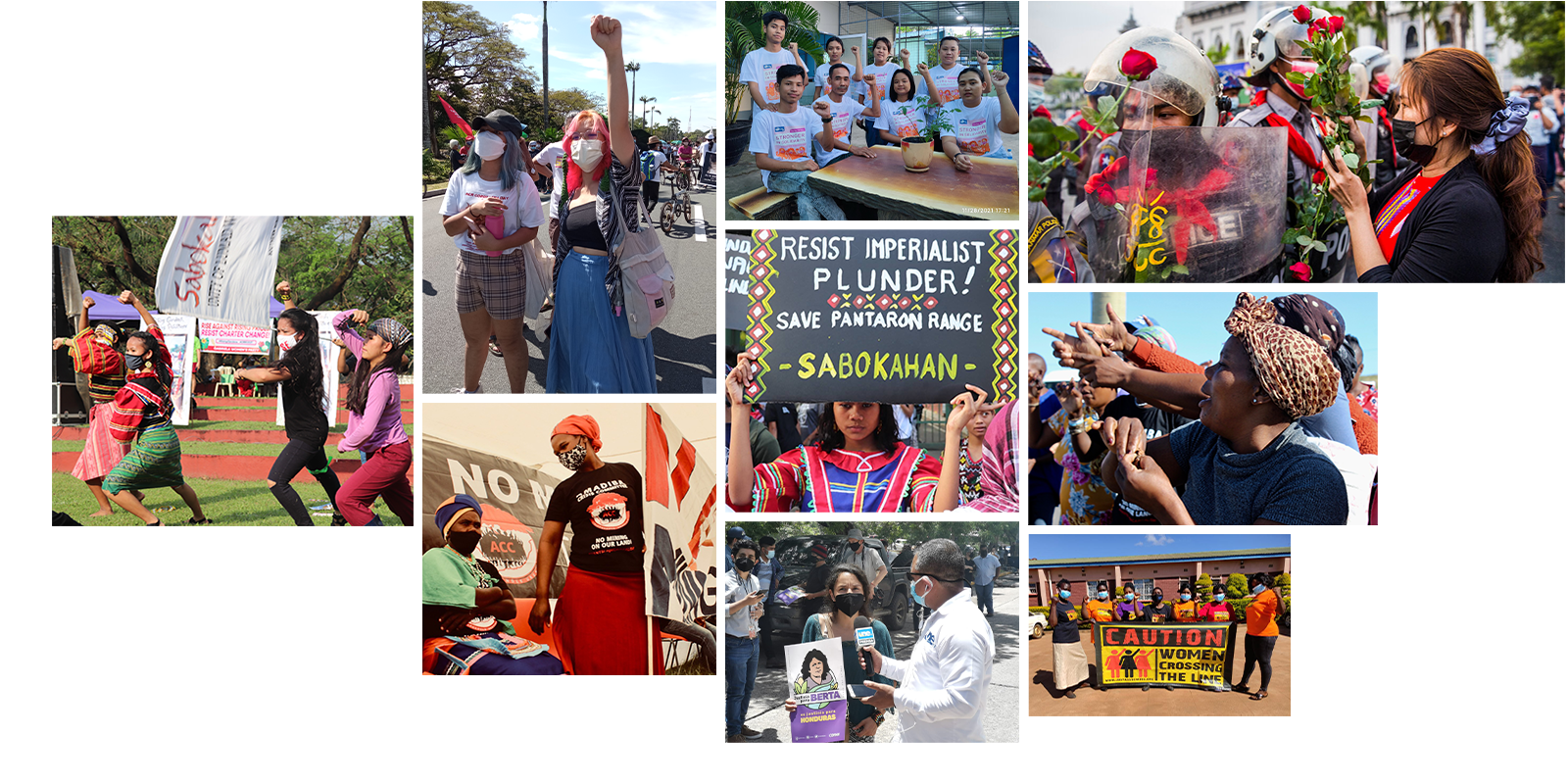
What #BuildingPower Looks Like
For many months, thousands of people across divides and sectors filled the streets in a brave resistance against the military coup in Myanmar. What made this powerful and sustained mobilization possible?

Climate change is a big threat to our future. As we formulate solutions, women land defenders leading struggles against extractivism are uniquely positioned to share sustaining alternatives that can save the planet.
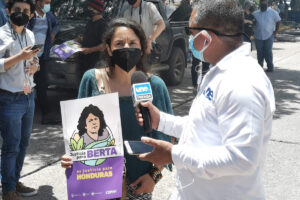
Change that tackles oppressions at their roots takes time. In Southern Africa, JASS is organizing women in Zimbabwe, South Africa, and Malawi to address a shared problem: structural violence and its many manifestations.
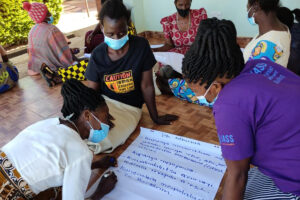
How can philanthropy better and effectively support movements to thrive and win? JASS organized a provocative dialogue that contributed rich insights funders can take on.


